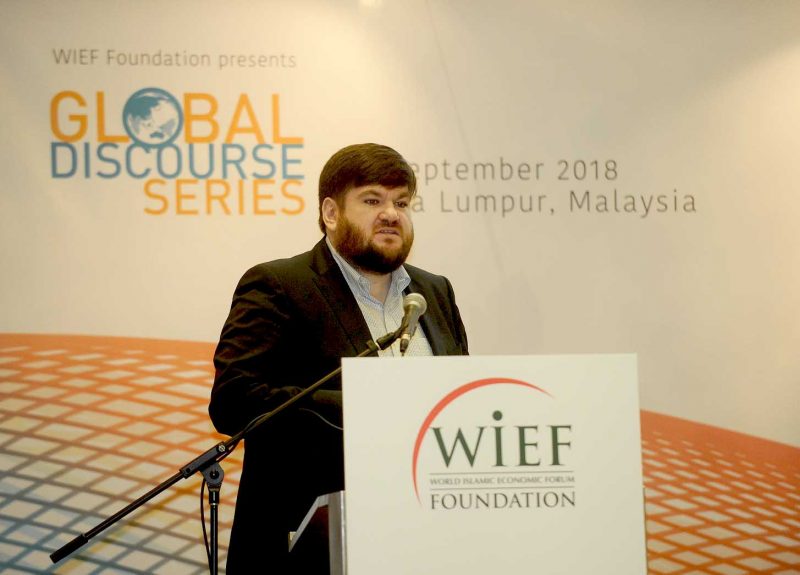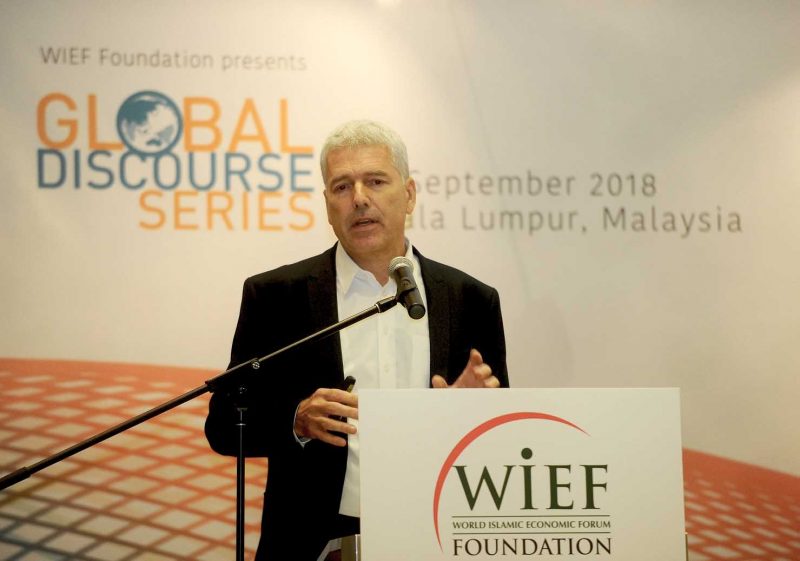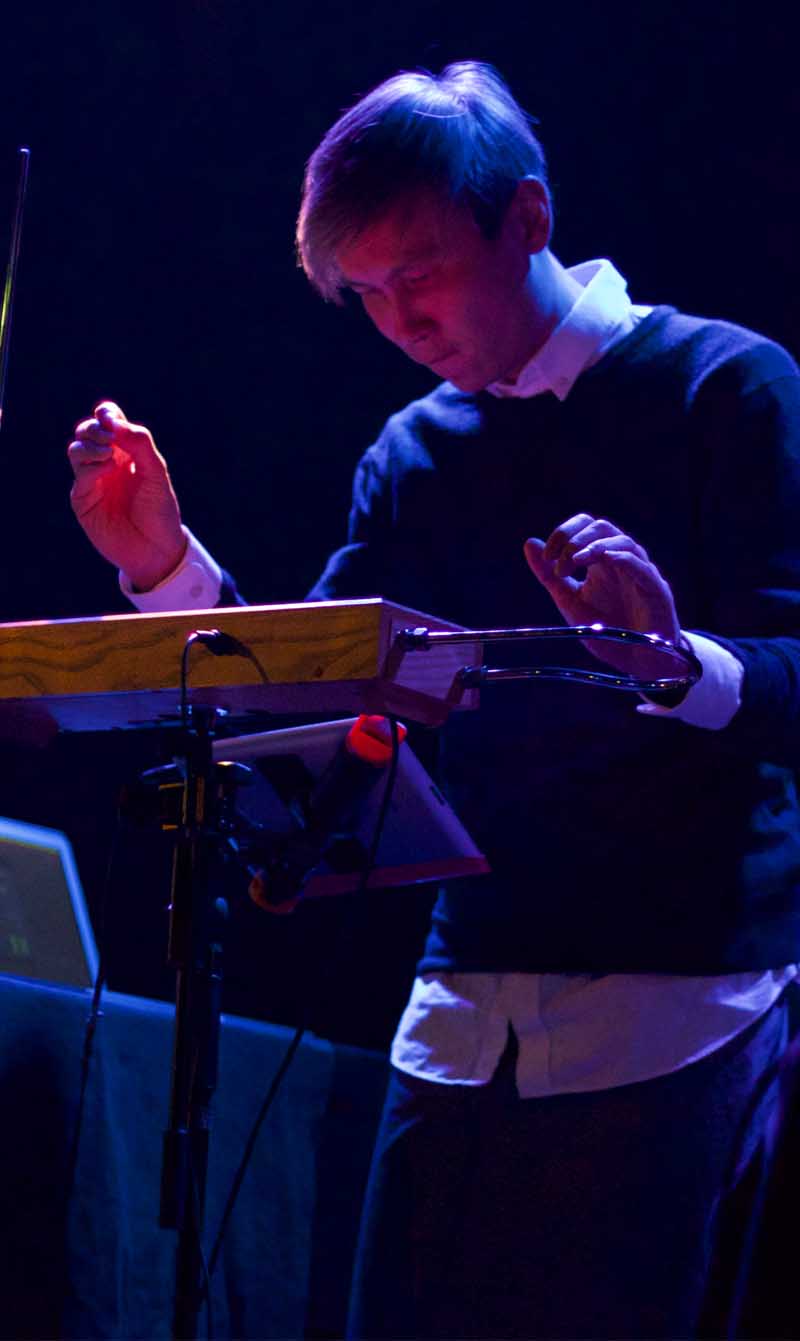A discourse on quantum computing
As individuals, we might not be able to own a quantum computer anytime soon, but we can explore its possibilities and where it’s headed with the help of experts during the recent WIEF Global Discourse on Quantum Computing in Kuala Lumpur.
Computers have been around since the 19th century and they will probably still be around for centuries to come. What’s advancing this computing world is the introduction of quantum computers. Quantum computers will present possibilities and new ways of doing things that classical computers can’t. This isn’t to say that they’d replace conventional computers, but they could help conventional computers with difficulties and problems they can’t solve.
On 20 September 2018, experts – Assistant Professor Dr Joseph Fitzsimons from the Singapore University of Technology and Design (SUTD), vice president and chief technology officer Christian Raetzsch from IBM Asia Pacific and Professor Rajiah Simon, a Science and Engineering Research Board (SERB) distinguished fellow from The Institute of Mathematical Sciences in India – at WIEF’s Global Discourse on Quantum Computing in Kuala Lumpur, explained the fundamentals and current research of quantum computer and where it’s headed. Dr Joseph, who started working on quantum computing in 2004, simplified the foundations and fundamentals of quantum computing and explained how it evolved over the years.
The quantum computing field actually began in the 90s, but it really took off in 2004. Qubits, according to Dr Joseph, are the quantum version of conventional computer bits which are equivalent to a large infinite number of bits. ‘I was optimistic even though the growth of the number of qubits was very slow and didn’t even double over the next 10 years,’ he said. Although no devices were created at the time using quantum technology, there was a giant leap in qubit growth.

Between 2016 and 2018, Dr Joseph said, ‘the scale of the number of devices started to double every six months.’ What changed was basically the level of noise that the quantum computer made was reduced and the length of time the qubit could go without an error also increased. ‘We can also actually intervene and suppress the errors as they occur,’ he explained.
A quantum computer is something many have never heard of and can be hard to imagine. According to Christian, it looks like a refrigerator and how it works is by freezing qubit states at very cold temperatures to sending signals to a computer. It’s able to simulate nature because of the nature of its quantum property. It can also possibly help in the medical field and current research is attempting to use quantum systems to accelerate machine learning.
Lack of quantum computer applications
According to Dr Joseph, quantum computers are very different from conventional computers and there are a few challenges in this field. ‘They don’t operate the same way we do, we don’t have the intuition for quantum algorithms,’ Dr Joseph said.
The other problem he mentioned was, ‘there are simply not many people working in this field of finding applications in quantum computing.’ He noted that only around 300 people were working in finding quantum computing applications and if we’d compare this to software developers in conventional computing, it would possibly be in the 50 to 100 million range.
Dr Joseph stressed the importance of having the people, knowledge and experience to build these applications. He noted that it would help to study and learn from the developments of early computers, ‘there’s a couple of things that we haven’t done yet, in order to get to the bigger advances that occurred many years ago in conventional computers, like data structures.’
50 years of research
Vice president and CTO of IBM Asia Pacific, Christian Raetzsch, said that IBM has made quantum computers available to everybody. ‘For over two years now, everybody on the internet can access IBM quantum computers and experience how this technology works, how to do experiments and build possibilities for advantages,’ he said. ‘What IBM has created is a journey of more than 50 years of investment. Back then, nobody really thought that anything could be possible within a lifetime of a human being, but with accelerated development, quantum computers exist today,’ he said.

Christian pointed out that no matter how big classical computers get, they can’t help us simulate the way nature works like quantum computing. ‘The difference between a qubit and a bit is that a qubit can have multiple states and hold more information compared to a traditional bit,’ he said. That means that the scaling capacity of a quantum computer is much bigger than a conventional computer.
He gave an example of how a quantum system can simulate a caffeine molecule with only 160 qubits compared to a conventional computer, which translates it to a string of one and 48 zeros. ‘The reason for the noise that IBM’s quantum computer makes, is because it operates at very cold temperatures to maintain the state of the qubit which operates at almost absolute zero. ‘Today, we have a 16-qubit machine running and a 50-qubit machine in the lab being developed,’ said Christian.
Programming and use cases
IBM is in the early stages of finding use cases for quantum computers. At the moment, the use cases are in chemistry. ‘IBM research published an article that explained how we could simulate a molecule with a quantum computer. It’s a very important step because we can demonstrate energy states of this molecule and compare it with a conventional computer. The same algorithm will help us understand larger molecules,’ Christian said.
IBM has given access to different quantum systems on their IBM Quantum Experience, which runs algorithm and experiments on IBM’s quantum processor via the IBM Cloud. They’ve also published Qiskit, a quantum and information science development kit for everybody. This includes Qiskit Aqua which is a library that includes algorithms that help people programme without understanding quantum science or quantum technology. This library was just announced a few months ago and the good thing is that there are no new programming languages that need to be learnt in order to use it.
Are we ready?
‘We’re between quantum ready and quantum advantage,’ Christian explained. This means that more will unravel in this field in the near future. ‘We don’t need to think classically, we need to think in quantum terms,’ he said. ‘I think this is the computer revolution all over again,’ Dr Joseph added.
Professor Rajiah noted that quantum computing is here to stay and it has developed fast, despite sentiments that its progress is slow. ‘About 50 years ago, we only had thought experiments, but now we have real experiments,’ he said. One important influence of quantum computing is its influence in quantum teaching. ‘When we teach quantum mechanics it’s counter-intuitive, it’s bizarre. Most textbooks are outdated, teaching has to become contemporary,’ he added.
Dr Joseph observed that the role of universities isn’t to prepare people for the next two to three years, or be on the absolute verge of the latest trends, instead, ‘education should be improving people’s ability to reason and understand the subject matter to be able to learn over time throughout their lives and understand the core concepts in the fields we are working in.’ IBM, according to Christian, is already actively working with governments and universities on education as well as content for curricula. ‘We’re specifically opening the technology for companies to apply in real life to create new jobs,’ he concluded.
___________________
Watch the full WIEF Global Discourse on Quantum Computing, here.





